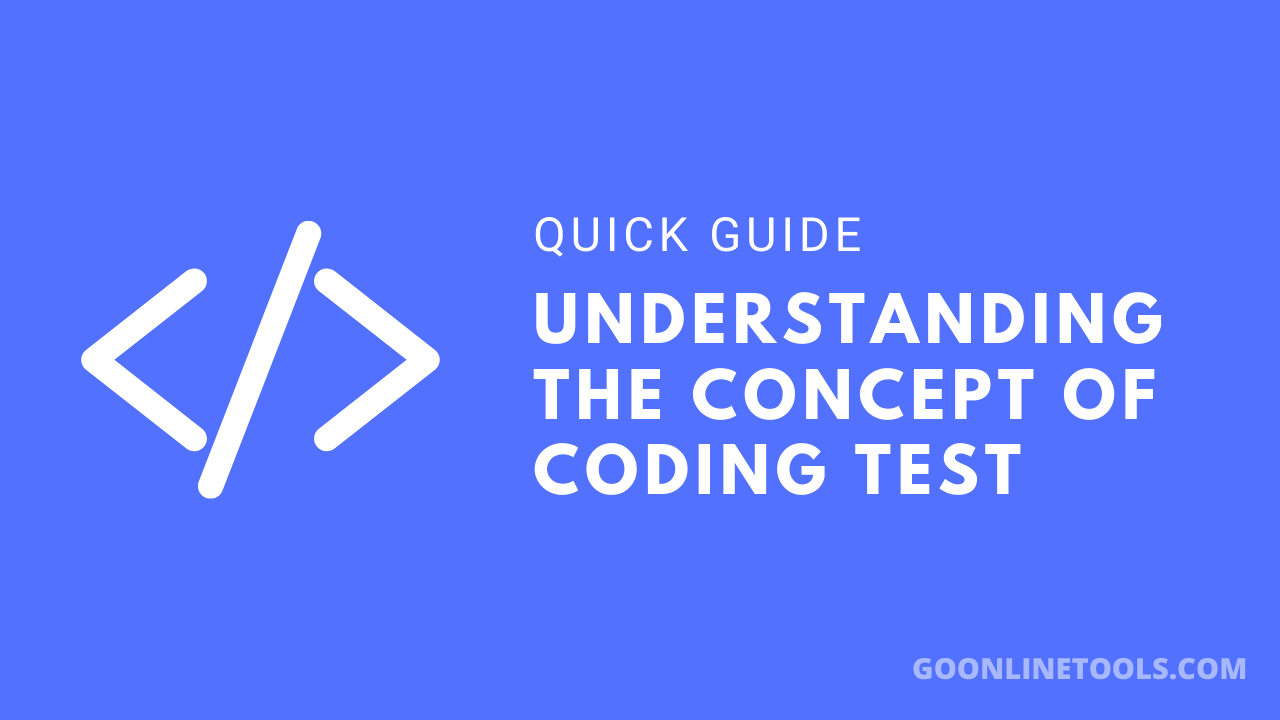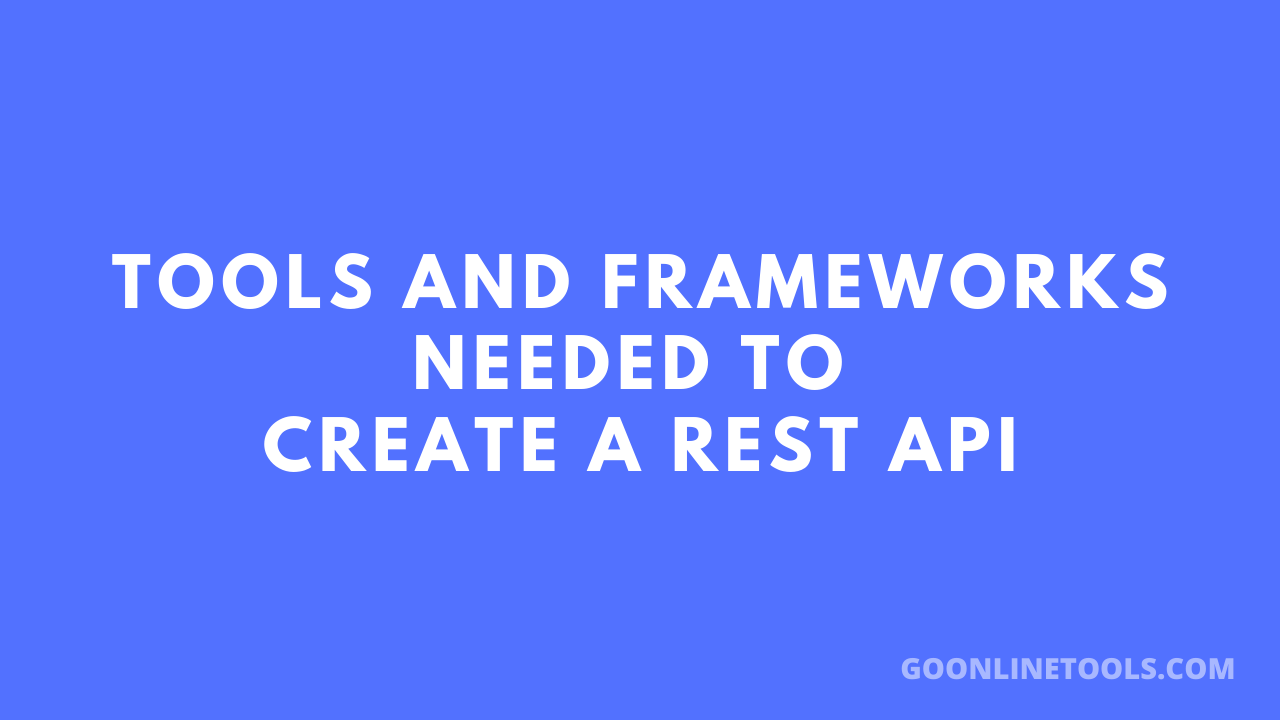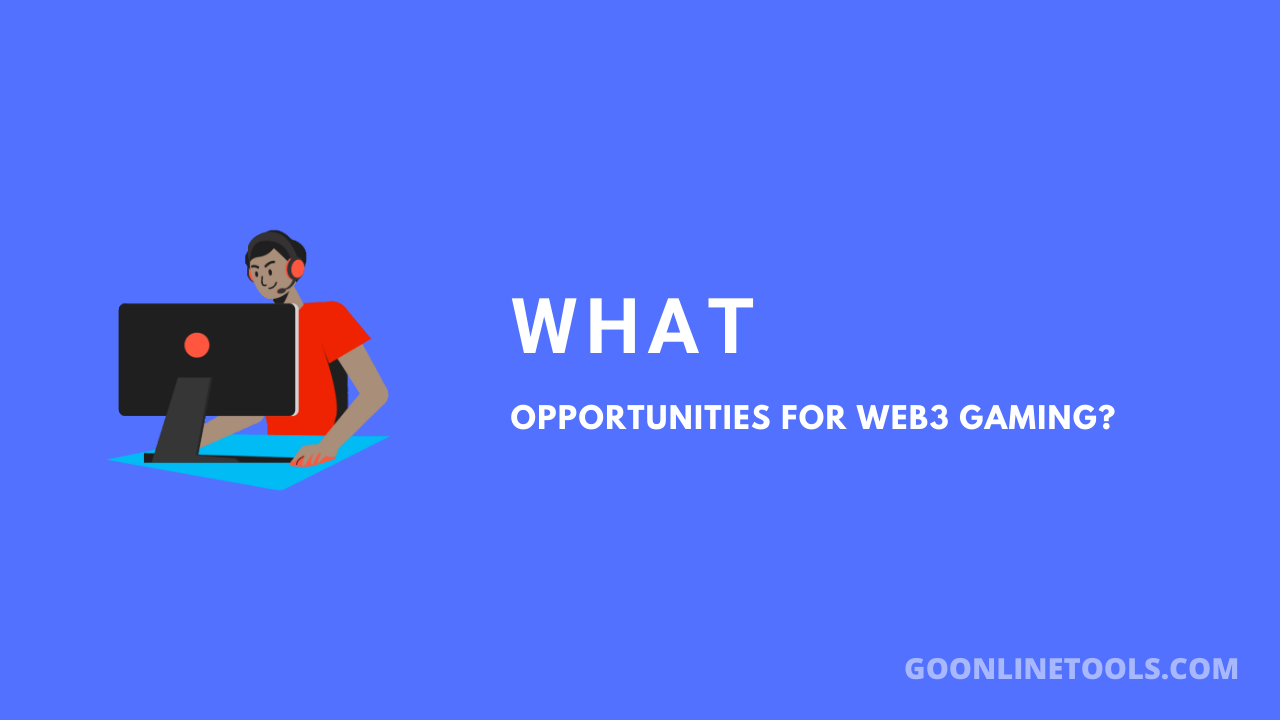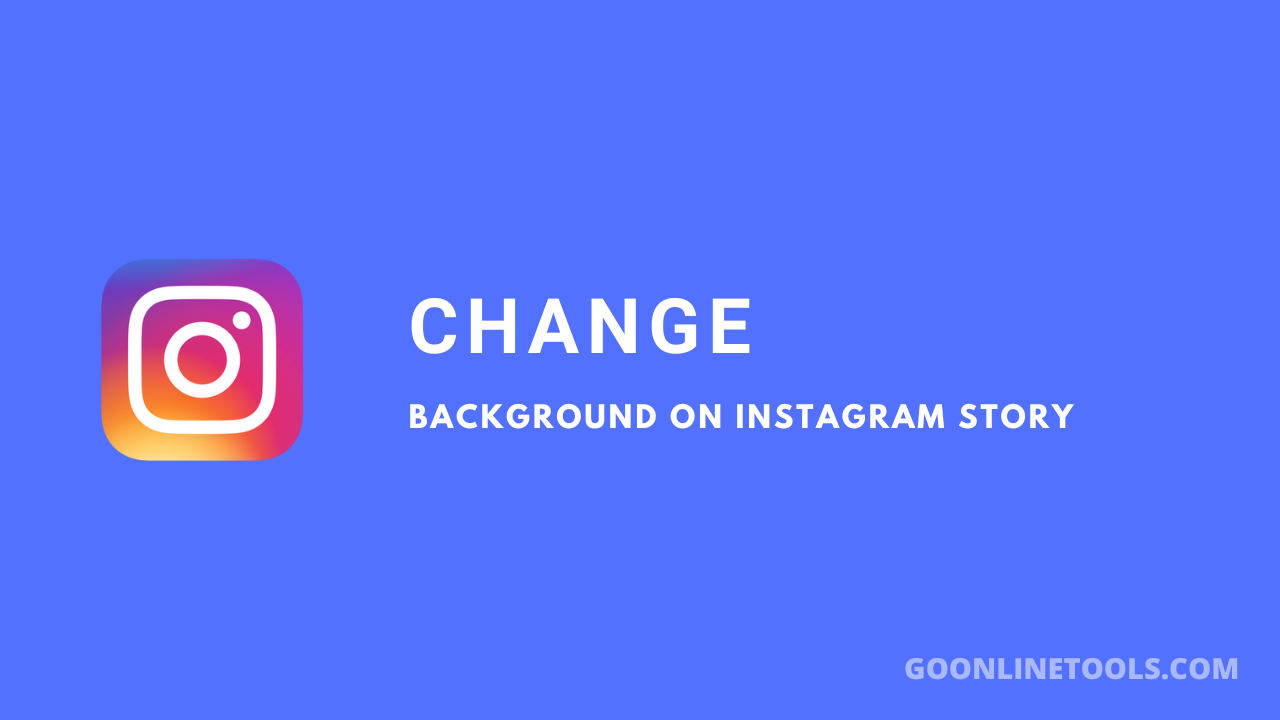
Featured image for "Top SEO Mistakes And How To Avoid Them"
Introduction: Why SEO Mistakes Are Costly
SEO is not a one-time setup but a long-term strategy of precise actions. A single mistake can erase months of work. Lost search rankings quickly turn into lost traffic and revenue.
Many companies spend money on ads to compensate for organic decline, not realizing the problem is often internal – incorrect optimization.
This article will break down the key SEO mistakes even experienced specialists make and explain how to avoid each, so your site grows steadily, without roller-coaster ranking swings.
Mistake #1. Ignoring Technical SEO
Many start SEO with content and keywords, forgetting that the technical foundation determines everything. If a site is slow, poorly indexed, or has duplicate pages, no content can fix it.
Problems often start with basics – loading speed, URL structure, redirects, and internal linking. Search engines see the site as a system, and any flaw lowers trust.
Technical SEO is like a building’s foundation: invisible but critical. It includes configuring robots.txt, sitemaps, proper meta tags, and mobile adaptation. Without these, even quality content won’t reach the top.
To align your approach with modern standards, review the recommendations in the article SEO best practices 2025. It highlights the key elements of a technical SEO foundation today.
Mistake #2. Over-Optimizing Content
Sometimes, the desire to “please” the search engine turns into keyword stuffing. The article loses its natural flow, readers lose interest, and search algorithms lose trust.
Over-optimization looks like a template: repetitive headings, repeated phrases, artificial synonyms. Instead of adding value, content becomes a mechanical keyword dump.
Google algorithms – especially the Helpful Content Update – now value naturalness and usefulness over keyword density. Content created for SEO, not humans, loses ranking.
To see the difference visually, here’s a table:
| Feature | Optimized Content | Over-Optimized Content |
| Keyword Usage | Moderate, naturally integrated | Repeated every 1–2 sentences |
| Headings | Contain keywords but sound natural | Loaded with keywords, losing meaning |
| Readability | Easy to read, maintains style | Hard to read, text feels robotic |
| Purpose | Solve the reader’s problem | Manipulate search algorithms |
| Result | Trust and time on page increase | CTR drops, bounce rate rises |
Tip: Always write for humans first, then check SEO structure afterwards. Good content should read like an expert speaking, not a generated template.
Mistake #3. Duplicate And Conflicting Pages
Duplicate pages are silent SEO killers. They dilute link equity, confuse canonical signals, and mislead search engines. As a result, none of the copies ranks steadily.
This often stems not from negligence but from technical nuances: product filters, URL parameters, forced “/index.html”, or language versions without hreflang. Even default CMS settings can create duplicates.
Common sources of duplicates:
- Versions with and without “www”
- HTTP and HTTPS
- Pages with trailing slash and without
- Identical category or product descriptions
To fix duplicates:
- Implement canonical tags.
- Check 301 redirects between versions.
- Use Search Console to detect duplicates.
- Ensure content across sections is unique.
A clear URL hierarchy maintained without overlaps is essential. One query – one page. Search engines must know which version is primary.
Mistake #4. Ignoring User Intent
SEO has long gone beyond keyword matching. Today, understanding user intent–why someone searches–is crucial. Misinterpreting intent leads to ranking loss, even if content is technically perfect.
Examples:
- Query “buy a laptop” expects a commercial page, not a review.
- Query “best laptop 2025” requires a comparative analysis, not a product page.
- Query “why is my laptop slow” seeks instructions, not ads.
Pages misaligned with intent lose relevance signals. It’s as if the site talks about the wrong thing for the user.
Types of user intent:
| Intent Type | Example Query | Content Format That Works Best |
| Informational | “how to speed up website” | Guide, tutorial, article |
| Commercial | “best SEO agencies” | Comparison, review, ranking |
| Transactional | “buy SEO tool” | Landing page, product page |
| Navigational | “svitla blog” | Homepage or relevant internal page |
To avoid this mistake, analyze SERPs manually. See which page types rank for your query, and create content in the same format. This is the most reliable way to match intent.
Mistake #5. Not Updating Content
Content loses value over time. Algorithms, trends, and user expectations change. An article that drove traffic last year may stagnate and drop in rankings today.
Many site owners publish material and forget it. Search engines, however, value freshness. They notice when pages are updated, new data or links are added, and adjustments are made. This signals that the resource is alive and useful.
Outdated content can fail in three ways:
- Outdated data: numbers, links, or tools no longer work.
- Algorithm changes: recommendations lose relevance after Google updates.
- New competition: fresher content overtakes old pages.
To prevent this, establish a content review cycle. Every 6–12 months, revise key articles, check data, and update outdated advice. Sometimes just updating a few paragraphs can restore lost rankings.
Maintaining content freshness is not cosmetic. It’s a strategic tool to retain traffic and trust.
Mistake #6. Ignoring Analytics And User Behavior Metrics
Without data, SEO becomes guesswork. Many optimizers publish content, adjust meta tags, and stop there. But without analyzing user behavior, you can’t know what works.
The main mistake is focusing only on rankings and ignoring how people interact with the site. Metrics like CTR, time on page, and bounce rate provide more insight than average position alone.
Examples:
- High rankings with low CTR indicate weak titles.
- Long time on page with low conversions signals unclear calls to action.
- Quick exits show the content doesn’t match expectations.
Use Google Analytics, Search Console, and heatmaps. Track not only numbers but behavior – clicks, scrolls, drop-offs. Analytics turns SEO from craft into science.
Optimization without analysis is like navigating without a compass. You move but don’t know where.
Mistake #7. Lack of a Cohesive Strategy
Many companies approach SEO chaotically: one specialist writes articles, another builds links, and a third optimizes speed. The result is fragmented work without a clear direction.
SEO requires systematic planning. Every action should follow a unified plan: goals, target audience, priority queries, and content structure. Without this, even correct steps lose impact.
A cohesive strategy answers three questions:
- Why are we doing SEO – for leads, brand, or traffic?
- Who is the content for – experts, buyers, beginners?
- How do we measure success – clicks, rankings, or sales?
When answers are clear, optimization becomes a step-by-step system, not a set of random actions.
Conclusion: SEO As The Art Of Precision
SEO mistakes are not fatal, but they are costly. Lost traffic and credibility take months to recover.
The main takeaway is simple: SEO success is discipline in details. From loading speed to word choice, from link structure to content updates, every detail works like a cog in a machine.
SEO is not a race to the algorithm. It is the art of understanding users, speaking their language, and providing search engines with a clean, logical structure. Then rankings come naturally – as a result of precise work, not luck.





